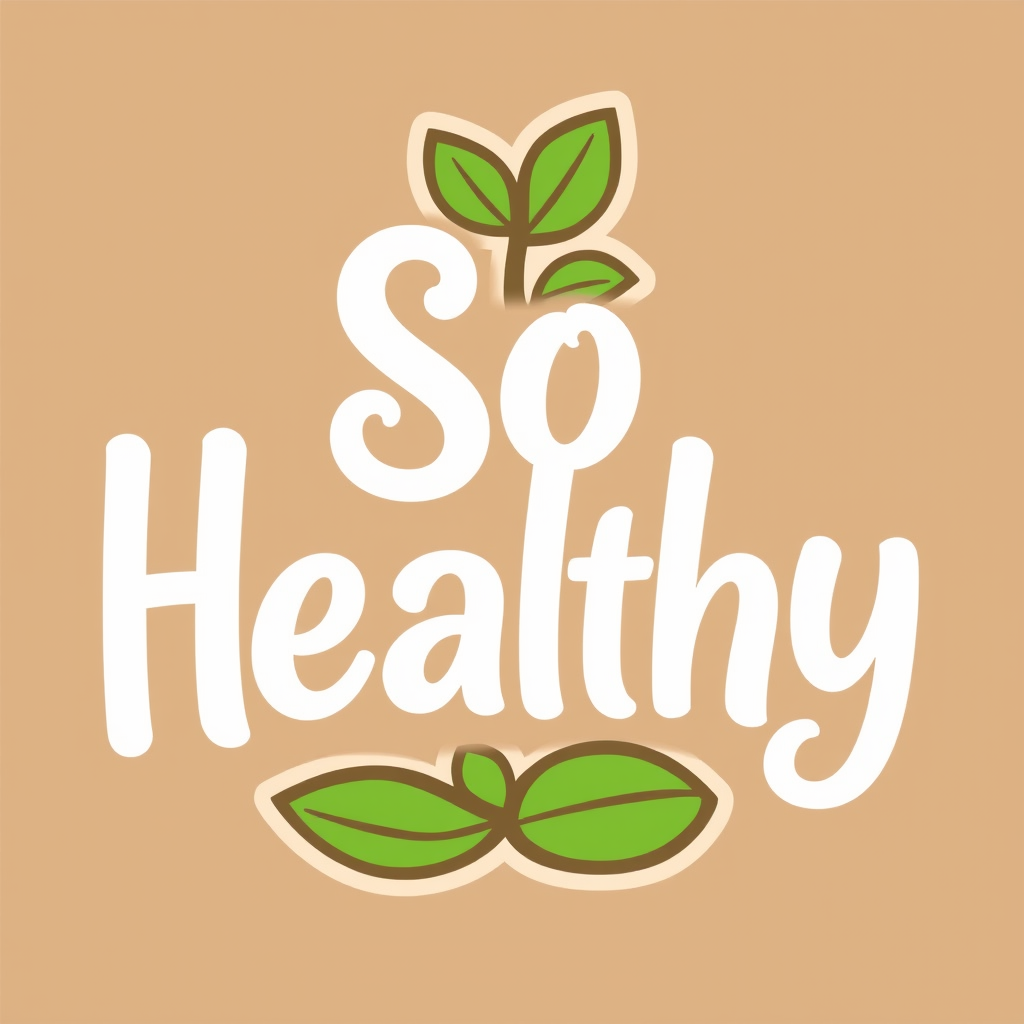
When choosing dog food and water bowls, there are several important factors to consider, such as material, size, design, and ease of cleaning. Here’s a breakdown of common types and recommendations:
Types of Dog Food and Water Bowls:
1. Stainless Steel Bowls
- Pros:
- Durable: Extremely tough and long-lasting.
- Non-Porous: Doesn’t hold onto bacteria or odors.
- Dishwasher Safe: Easy to clean and sanitize.
- Rust-Resistant: Ideal for both indoor and outdoor use.
- Cons:
- Can be noisy if your dog moves the bowl around.
Recommended Use: Great for all dogs, especially if you want a long-lasting, low-maintenance option.
2. Ceramic Bowls
- Pros:
- Aesthetic Designs: Often come in stylish patterns and colors.
- Heavy and Stable: Less likely to be tipped over by your dog.
- Non-Porous: Glazed ceramic is easy to clean and doesn’t hold bacteria if the glaze is intact.
- Cons:
- Breakable: Can crack or chip if dropped.
- Must Be Lead-Free: Always ensure the bowl is labeled as food-safe and lead-free.
Recommended Use: Suitable for dogs that don’t move their bowls around too much. Best for indoor use.
3. Plastic Bowls
- Pros:
- Lightweight and Inexpensive: Easy to find and affordable.
- Variety of Colors and Sizes: Many options available.
- Cons:
- Prone to Scratching: Scratches can harbor bacteria.
- Odor Absorption: Can absorb food odors over time.
- Chewing Hazard: Some dogs may chew or damage plastic bowls.
Recommended Use: Not ideal for long-term use due to the potential for bacterial growth, but can be good for travel or temporary use.
4. Elevated Dog Bowls
- Pros:
- Ergonomic: Great for large breeds, older dogs, or dogs with arthritis as it reduces strain on the neck and joints.
- Cleaner Eating Area: Helps reduce spills and keeps food and water off the floor.
- Cons:
- Not necessary for all dogs, especially smaller breeds.
Recommended Use: Ideal for large or senior dogs with joint issues or dogs prone to gulping food too quickly.
5. Slow Feeder Bowls
- Pros:
- Prevents Gulping: Designed with ridges or obstacles to slow down eating, helping dogs that eat too quickly.
- Reduces Risk of Bloat: Slower eating can help prevent bloating and digestion issues.
- Cons:
- Takes longer for dogs to eat, which may frustrate some dogs.
Recommended Use: Perfect for dogs prone to fast eating or choking.
6. Automatic Water Dispensers (Gravity Water Bowls)
- Pros:
- Constant Fresh Water Supply: Automatically refills as your dog drinks.
- Ideal for Busy Pet Owners: You don’t have to refill the bowl constantly.
- Cons:
- Difficult to Clean: May require more frequent and thorough cleaning to prevent bacteria buildup.
Recommended Use: Great for ensuring your dog has fresh water all day, especially if you are away from home often.
7. Travel Bowls
- Pros:
- Portable and Foldable: Made of materials like silicone or nylon, these bowls are easy to take on the go.
- Lightweight: Ideal for hikes, road trips, or camping.
- Cons:
- Not as durable for everyday use as a home bowl.
Recommended Use: Perfect for travel, walks, or hikes where you need to provide food or water on the go.
Choosing the Right Bowl Based on Dog Size and Breed:
- Small Breeds: Look for shallow bowls that are easy for small dogs to reach. Avoid large, deep bowls.
- Large Breeds: Elevated bowls may be beneficial for taller dogs to reduce neck strain. Choose wider, deeper bowls to accommodate larger meals.
- Flat-Faced Breeds (e.g., Bulldogs, Pugs): Opt for shallow, wide bowls that allow easy access to food without pressing their faces into the sides.
- Long-Eared Breeds (e.g., Cocker Spaniels): Choose bowls with a narrow opening or specially designed “no-spill” bowls to keep ears clean and dry.
Tips for Maintaining Dog Food and Water Bowls:
- Daily Cleaning: Wash bowls daily with warm, soapy water, especially water bowls, as bacteria can quickly build up. For stainless steel or ceramic bowls, they can often be placed in the dishwasher.
- Regular Inspection: For plastic and ceramic bowls, regularly check for cracks or scratches, as these can harbor bacteria.
- Elevated Bowls: Clean the stand and surrounding area regularly to prevent mold or mildew from water spills.
By selecting the right food and water bowls, you can help ensure your dog stays healthy, hydrated, and comfortable during mealtimes.

Leave a Reply